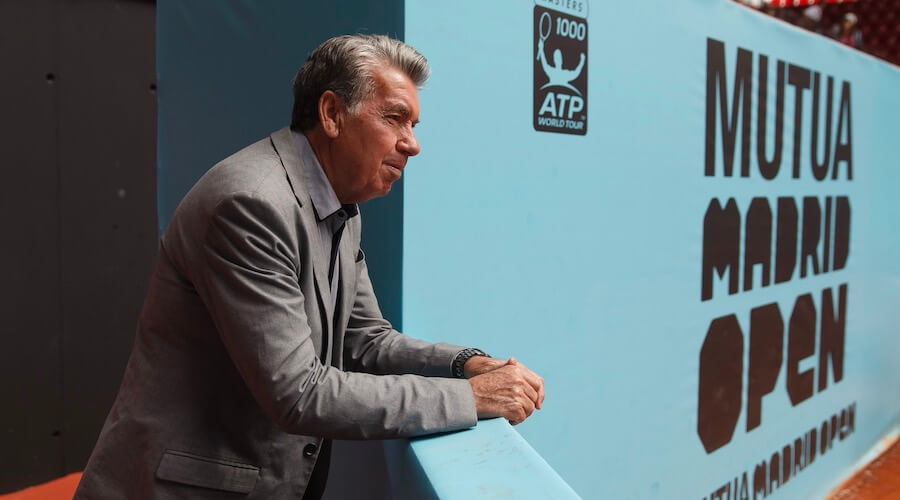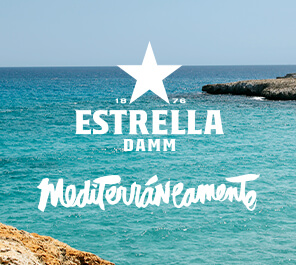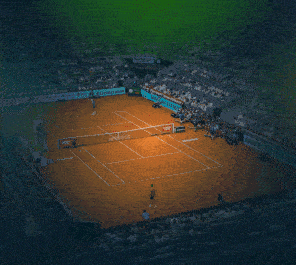The city of Madrid has come to represent a key stop on the professional tennis calendar, and this is largely thanks to the legendary Manolo Santana, the pioneer of Spanish tennis and driving force behind the biggest tournament the country has ever staged. Since its arrival in the capital in 2002, the event has become synonymous with world-class competition, offering Spaniards the opportunity to enjoy a fiesta at home every season.
With the unanimous respect he commanded on tour, Santana was able to leverage his international recognition to make him the visible face of the event from the get-go. Always with a kind word to say, and a warm greeting for anyone approaching him at the tournament, he paved the way for what once seemed impossible; creating, maintaining and establishing an epicentre of world tennis in his native city.
2002: the beginnings
At the turn of the century, Spanish tennis was showing signs of hope. A nation brought up on legends with wooden rackets and black-and-white photos was taking giant strides towards modernity. The arrival of their first ATP world No. 1 in the form of Carlos Moyà (1999) and their first Davis Cup triumph (2000) put the sport of tennis firmly in the minds of the fans. At that time, the city of Madrid was in the process of purchasing the licence, then in the hands of Stuttgart, to bring the event to the Spanish capital as a Masters Series tournament. Santana played a key role in the process.
Prestigious annual event
Making Madrid a celebration of tennis had always been the goal. Forming part of the indoor season, played on hard court in the Rockodrome in Casa de Campo, the tournament provided the opportunity to bring together the best players in the world, something that is not unusual today, but at the time was something of a revolution. Champions like Andre Agassi, Juan Carlos Ferrero, Marat Safin, Rafael Nadal and Roger Federer were a good example of the calibre of tennis on display at the event. The biggest names had arrived, and Madrid provided the backdrop.
Champions
After almost a decade of existence, the tournament made a change that was fundamental in its consolidation as a pillar of the schedule. In 2009, the women’s competition was added to Madrid, flying the flag of progress by setting an example on the courts and, in turn, magnifying the event’s significance to tennis. The presence of the best WTA players in the Spanish capital took the tournament to a global audience it could previously only dream of, consolidating its maturity as part of the professional tour. Only a select few events include both men’s and women’s competitions, including the four Grand Slams, underlining the prestige achieved by the tournament after less than 10 years in operation.
More clay please!
The 2009 season was also one of general reform. The tournament moved to the Caja Mágica and the surface changed to clay. It would also take the spot in May that had been occupied by Hamburg since the 70s, in the heart of the season. Forming part of the run up to the French Open, a traditional hunting ground for the Spanish Armada, Madrid became a focal point as spring arrived. In a country with a great tradition for the surface, the transition to the red dust was a significant boost for the home players, providing them with a perfect opportunity to entertain their supporters in their favoured discipline.
At Home in the Caja Mágica
In order to host a world-class event, cutting-edge facilities were required. While Madrid was fully committed to their dream of hosting the Olympics, with bids for the 2012 and 2016 Summer Games, a majestic sports complex was erected on the banks of the Manzanares. Three stadiums with retractable roofs – first, the stunning Manolo Santana Stadium with a capacity of 12,500, flanked by the Arantxa Sánchez Vicario Stadium (3,500 seats) and Stadium 3 (2,500) – meant Madrid had a venue to match any on tour, and it has managed to stage every subsequent edition without any significant rain delays.
Sky blue
If there is one thing that the event has stood out for over the years, it is a willingness to change and convert a traditional sport into an exhibition of daring innovations. In 2012, the arrival of the fleeting blue clay was a splash of creativity for the tour, breaking away from the traditional red clay and creating a genuine revolution in television broadcasting. Improved visibility of the ball as it contrasted with the court put Madrid in the global spotlight in a year that was dominated by none other than Roger Federer, bolstered by his unmatched ability to adapt. He is the only player to have won the event on all three surfaces (indoor, red clay and blue clay).
Director Feliciano
During its 20-year history, Madrid has always sought to represent attention to detail and perseverance. In the 2019 season, Feliciano López took the baton from Manolo Santana as the tournament’s director. By the year of the legend’s 80th birthday, he had achieved what had been one of the main dreams when it all began in 2002, to build an event in keeping with the achievements of Spanish tennis. From that moment on, with Santana taking on the role of honorary president, his former tasks fell on the shoulders of López, who was still an active player, and one of the most experienced on tour.
Santana’s name will always be synonymous with the city of Madrid, the values of his sport, and, of course, the greatness that tennis has achieved in his wake. With every cheer of the crowd, with every winning shot, and with every footprint left on the clay, Manolo’s memory lives on. Santana was a pioneer like few others; breaking down barriers and realising what seems like a dream, even today.
























































